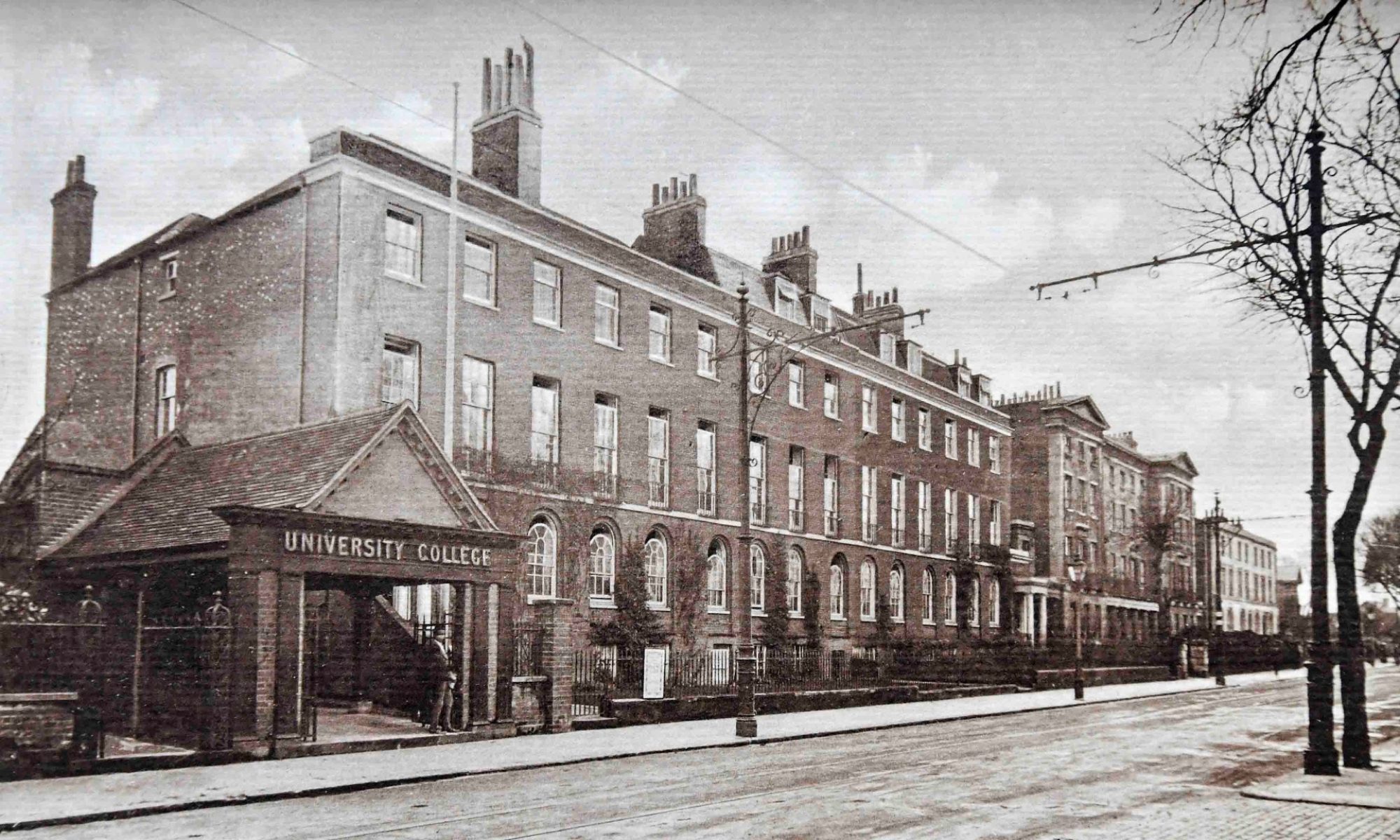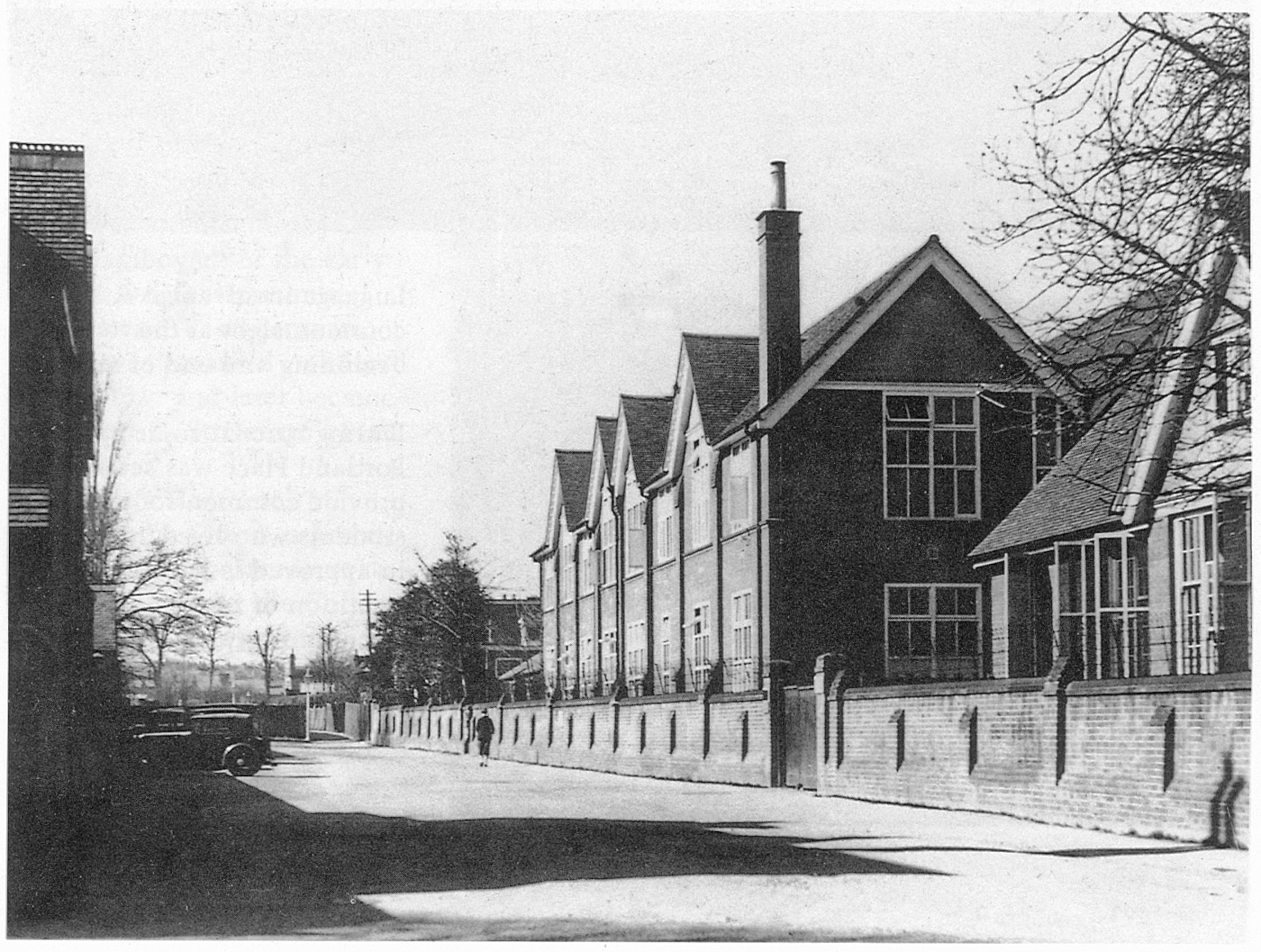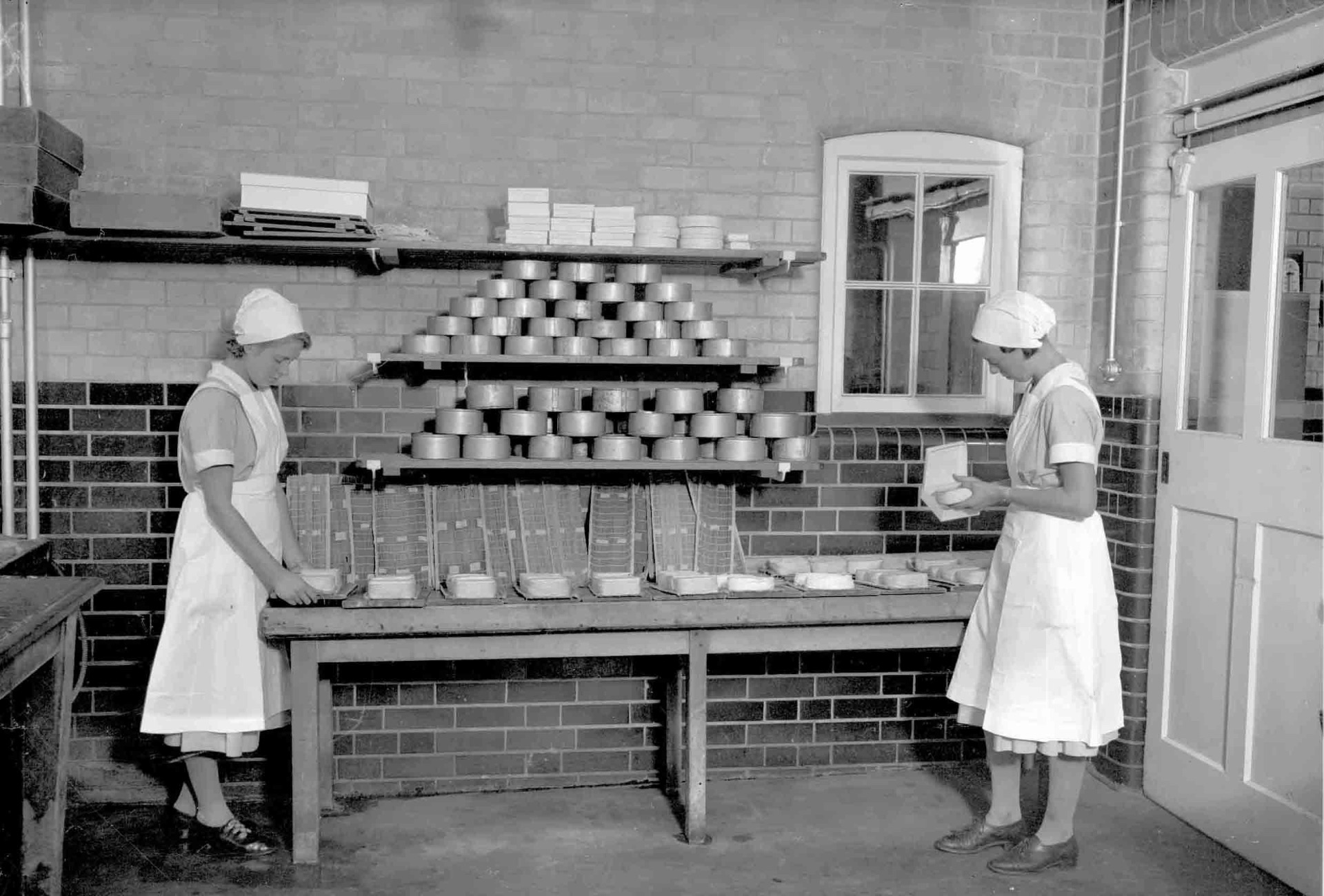Following the previous post by Professor Viv Edwards about Rag Week, Reading University’s Rag Magazines deserved a mention. They appeared under a number of different titles between 1927 and 2000; copies can be accessed from the University Library’s off-site store.
The earliest issues (1927-1931) went under the title of ‘The Rattler. The Unofficial Organ of the Students’ Union’. It sold for 6d and was easily recognisable from the colourful design on the cover. There may have been an issue of a rag magazine in 1926 when the rag started, but no copies are available.
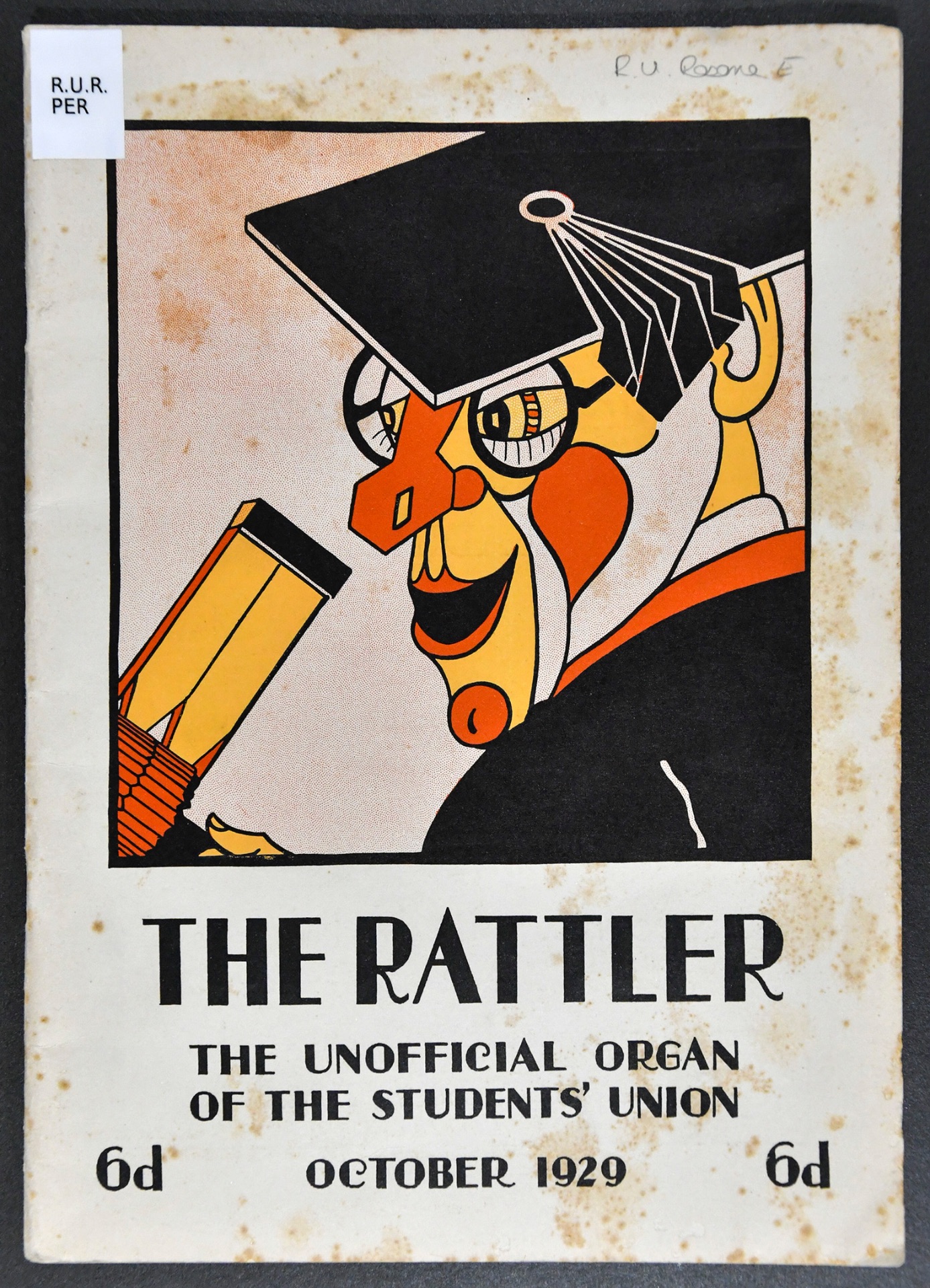
Judging by an editorial inTamesis (the official organ of the Students’ Union) The Rattler was ‘an undeniable success’ (Autumn 1927, p. 2) and achieved a circulation of over 20,000 in 1927. No doubt this made a substantial contribution to the increase in receipts in comparison with the previous year.

The University’s annual report for 1925-26 recorded that all the takings were donated to the Royal Berkshire Hospital which is still a major beneficiary today.
Content of The Rattler
By today’s standards, the jokes, cartoons, poems and articles seem rather feeble (see below) and sometimes almost incomprehensible. In their day, they might have been more amusing; it was certainly an achievement to sell so many copies!
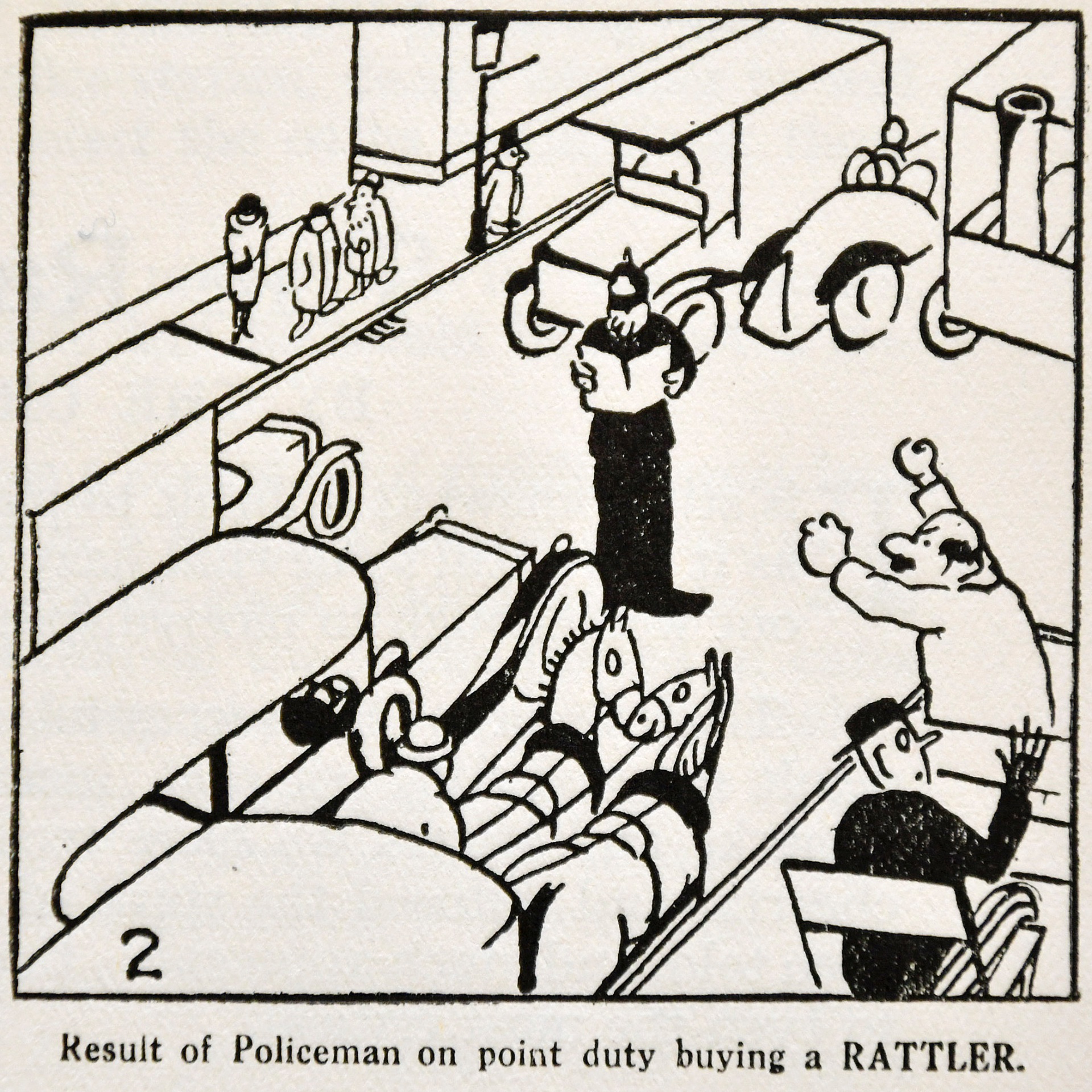

More interesting is an item that was included in October 1930 (p. 13) in the form of a letter from an apparently working-class student called Dave to his friend Bill. Allegedly Dave, despite having no qualifications, had accidentally obtained a scholarship to Reading University and a place in Wantage Hall after meeting someone at the Black Boy pub.
This one-page satire of university life attempts to represent imagined differences in language and everyday experience of the academically less privileged. Here’s part of how Dave describes the experience:
‘Seeing’ ‘as ‘ow there wornt nothin’ ter pay, up I goes. Yer never see such a daft show in orl yer life. They expects yer to ‘ang a yard or two o’ black clorth on yer shoulders an’ calls it a gown – as if yer wudent catch yer deff o’ chill if yer did wear it a’ nights. An’ Lumme Bill, yer did orter see the ‘ats – Morter Bords they call ’em – gawd knows why – cos ther ain’t no morter in ’em, nor bords neither. I don’t arf look a mug in mine …. Then there’s wot they calls Leckchures – you all sits in a room and an old bloke torks away like a plaguey millstream …’
Presumably, some of the revenue from the rag came from advertisements at the back of magazine. Sometimes the businesses who had paid for these entered into the spirit of things:

PostScript
For all the emphasis on academic lectures and caps and gowns in the spoof letter above, the new University was far from being an ivory tower. It continued to offer the technical and practical courses and training that had once been a central part of the work of the College. This was in addition to its joint commitment with the Workers’ Educational Association to provide tutorial classes, to which Prof Edith Morley and her colleagues were enthusiastic contributors (see Morley, 2016. pp 124-8, for an inspiring account of her personal experiences).
The first Annual Report published by the University (1925-26) recorded 710 Evening Students whose most popular courses were in commercial subjects and fine art. Their occupations varied widely, some of the most common being engineers and draughtsmen, carpenters and joiners, clerks, shop assistants, shorthand-typists, grocers, printers, gas fitters, teachers, gardeners and domestic servants. At this stage of the University’s history, Evening Students still outnumbered those studying for degrees, certificates or diplomas (see Holt, 1977, pp. 23-5).
Sources
Childs, W. M. (1933). Making a university: an account of the university movement at Reading. London: J. M. Dent & Sons Ltd.
Holt, J. C. (1977). The University of Reading: the first fifty years. Reading: University of Reading Press.
Morley, E. J. (2016). Before and after: reminiscences of a working life (original text of 1944 edited by Barbara Morris). Reading: Two Rivers Press.
Tamesis, Vol. XXVI. Autumn Term, 1927. No. 1.
The Rattler, the Unofficial Organ of the Students’ Union. Issues from 1927 to 1931.
University of Reading. Proceedings of the University, 1925-26.
